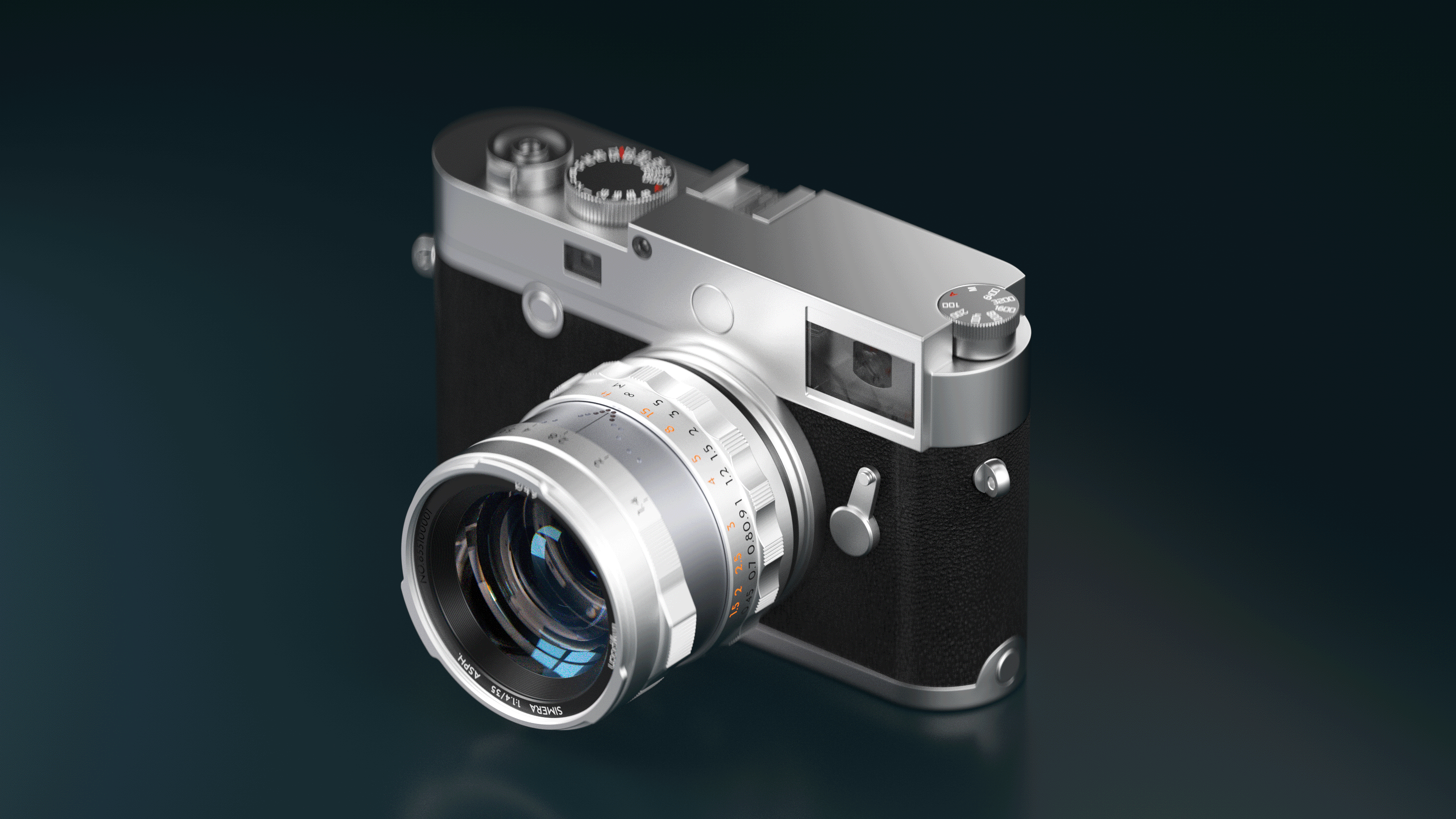4 Innovative composition ideas to elevate your photography.
1. Non-linear composition
Breaking the traditional linear composition method, emphasizing the curves and arcs in the picture, as well as the asymmetric arrangement of elements. The advantage of non-linear composition is that it can enhance the dynamics and flow of the picture, and is suitable for expressing soft, romantic, or abstract themes.
Shooting composition:
--First, using natural elements such as branches, rivers, flowers, etc., which can be a good carrier for non-linear composition. Photographers can use the curves and curvature of these elements to arrange elements in the frame. For example, you can use tree branches as the foreground and other subjects as the background to create a unique atmosphere with a non-linear composition.
.webp)
(Photo by @legacy_shooter with Simera 35mm f/1.4)
--Second, the use of lighting effects, such as halos, spots, etc., can be added to highlight elements in the picture and enhance the dynamic sense of the picture. For example, when photographing people, you can use soft light to create a soft, non-linear effect, or use flashing lights to enhance the rhythm and dynamics of the picture.
--Third, manufacturing elements that can make for an interesting non-linear composition.
For example, when shooting cityscapes, you can use a slow shutter speed to capture traces of people and traffic, as well as the outlines and shadows of buildings, creating a unique non-linear composition.
.jpg)
(Photo by @jackamunsch with Simera 35mm f/1.4)
2. Multi-perspectives composition
Using multiple perspectives and viewpoints in one picture to express themes and emotions.
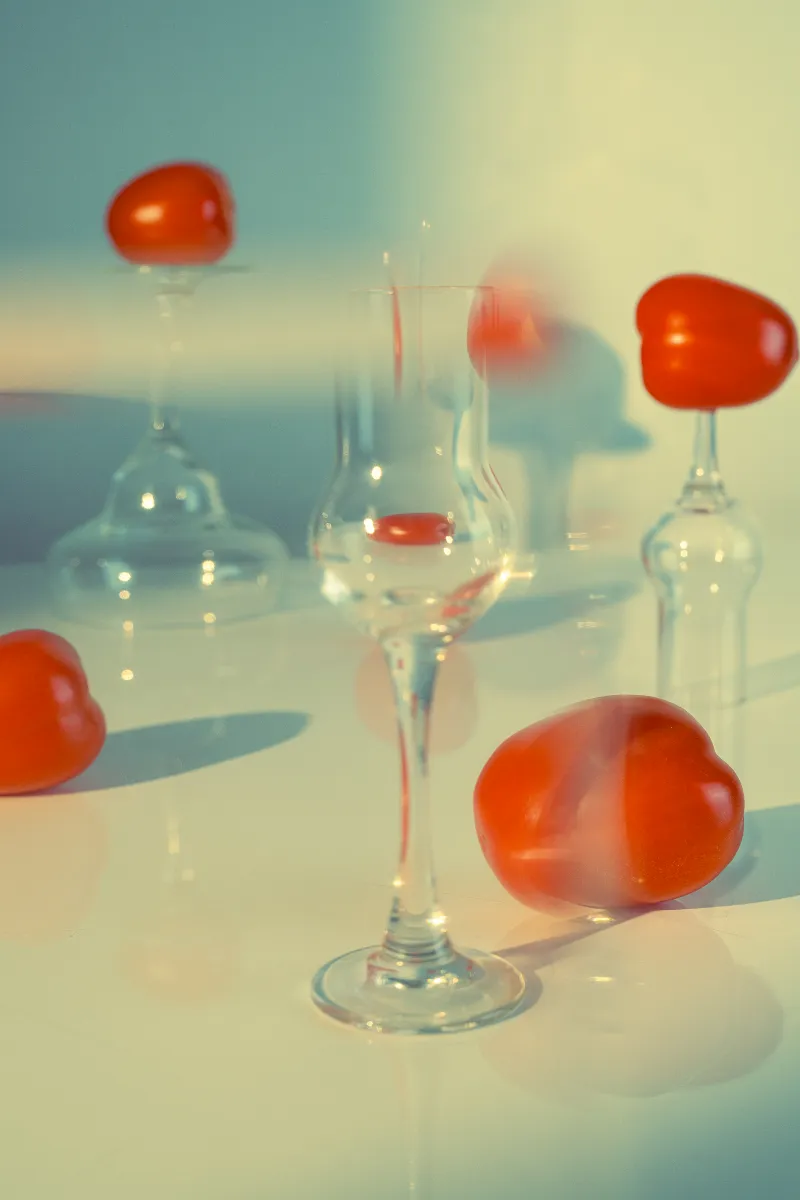
(Photo by @delfinacarmona with Eureka 50mm f/2)
Shooting composition:
--First, change the perspective.
Photographers can constantly change their perspectives and viewpoints to obtain different psychological effects. For example, you can shoot from a low angle, look down from a high place, shoot from the side, etc.
--Second, collage images.
Photographers can collage different picture elements together to create the effect of multiple perspectives. For example, you can collage scenes from different angles, collage images from different scenes together, etc. These collaged pictures can produce visual contrast and conflict, enhancing the expressive power of the picture.
--Third, use reflective surfaces.
Reflective objects can create multiple perspectives and viewpoints within a frame. For example, when taking a portrait, you can place a mirror in the background to reflect the character's image and surrounding environment, thus creating the effect of multiple perspectives and making the image more story-telling.
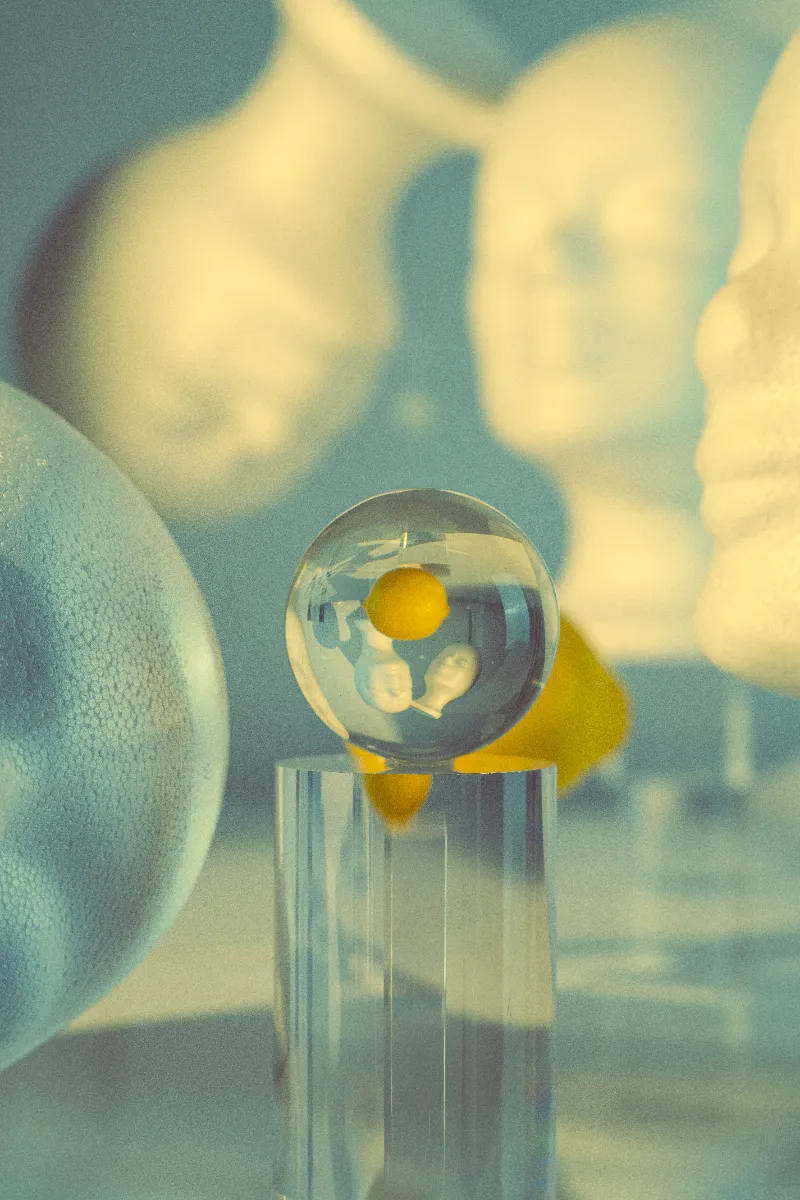
(Photo by @delfinacarmona with Eureka 50mm f/2)
3. Deep visual composition
Emphasize the sense of depth, and use various means to enhance the three-dimensional effect of the picture.
Photography tips:
--First, control the depth of field.
For example, use a large aperture to produce a shallow depth of field effect, use a telephoto lens to produce a shallow depth of field effect, etc. Different depth-of-field effects can highlight different elements in the picture and enhance the depth and three-dimensional sense of the picture.
--Second, control the direction and intensity of light and use light and shadow effects.
For example, use side lighting, backlighting, etc. to highlight the outlines and shadows of objects, thereby producing a visual effect of depth.

(Photo by @ulysses_aoki with Simera 28mm f/1.4)
--Third, use perspective elements and create a sense of depth.
For example, use converging lines, diagonal lines, spaces, etc. to highlight the depth and three-dimensional sense of the picture.
4. Color and emotion mixed composition
Emphasize the combination of color and emotional expression in the picture, and use color to convey emotions and render the atmosphere.
(Photo by @delfinacarmona with Eureka 50mm f/2)
Shooting composition:
--First, choose emotional colors.
For example, red can express emotions such as enthusiasm, energy, or danger; blue can express emotions such as calmness, or sadness. Photographers can choose colors that match the subject and emotion.
--Second, control color contrast.
By controlling parameters such as color contrast and saturation, photographers can create different color effects. For example: use high-contrast colors to enhance the contrast and expressiveness of the picture; use low-saturation colors to produce soft and natural effects, etc.
Observing excellent photographs, you will find that no composition principle or method is independent and exclusive. They can be integrated into one image.
We hope these new composition ideas can provide you with new creative inspiration.
To learn more about Thypoch lenses, click here.
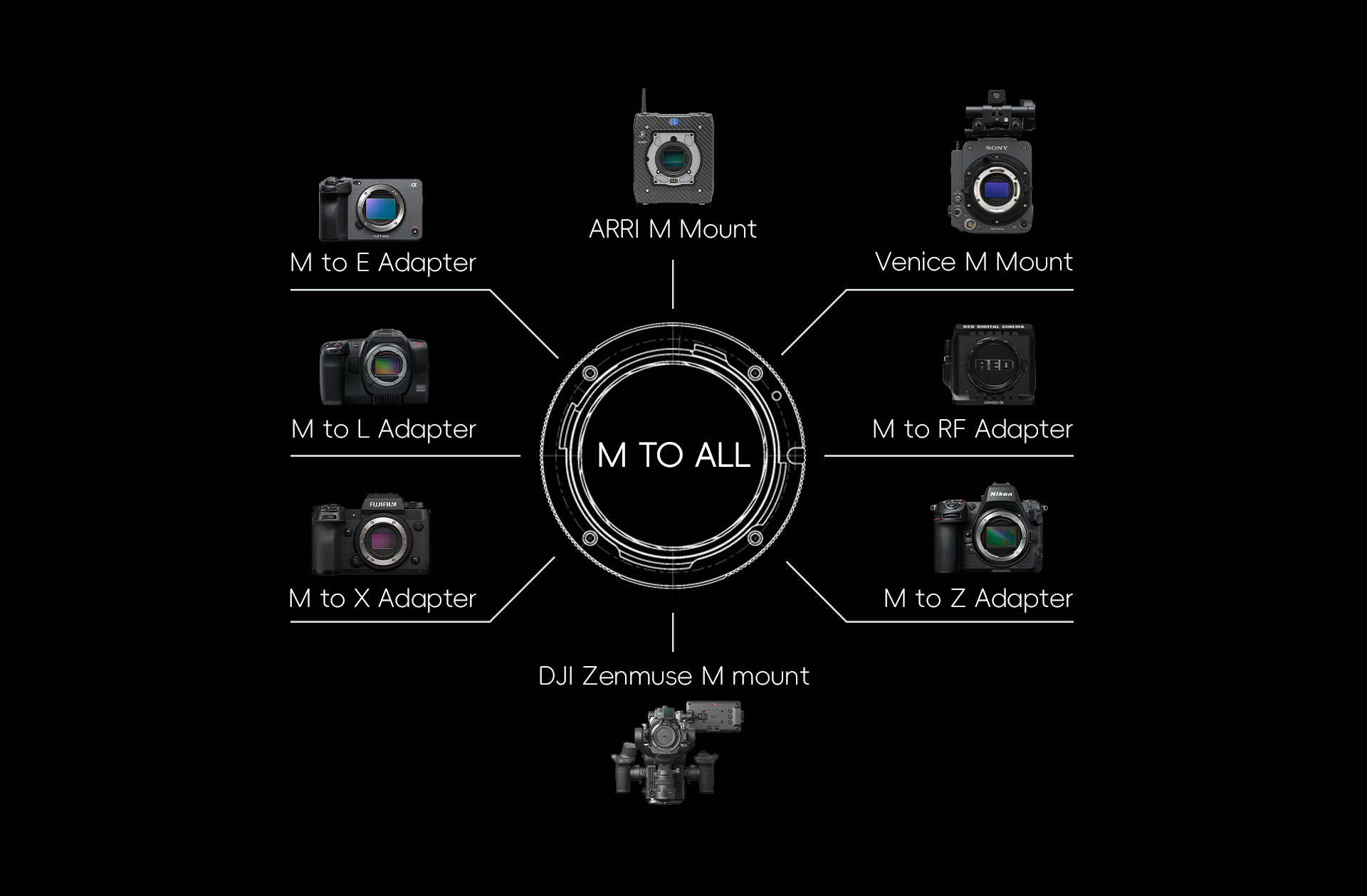




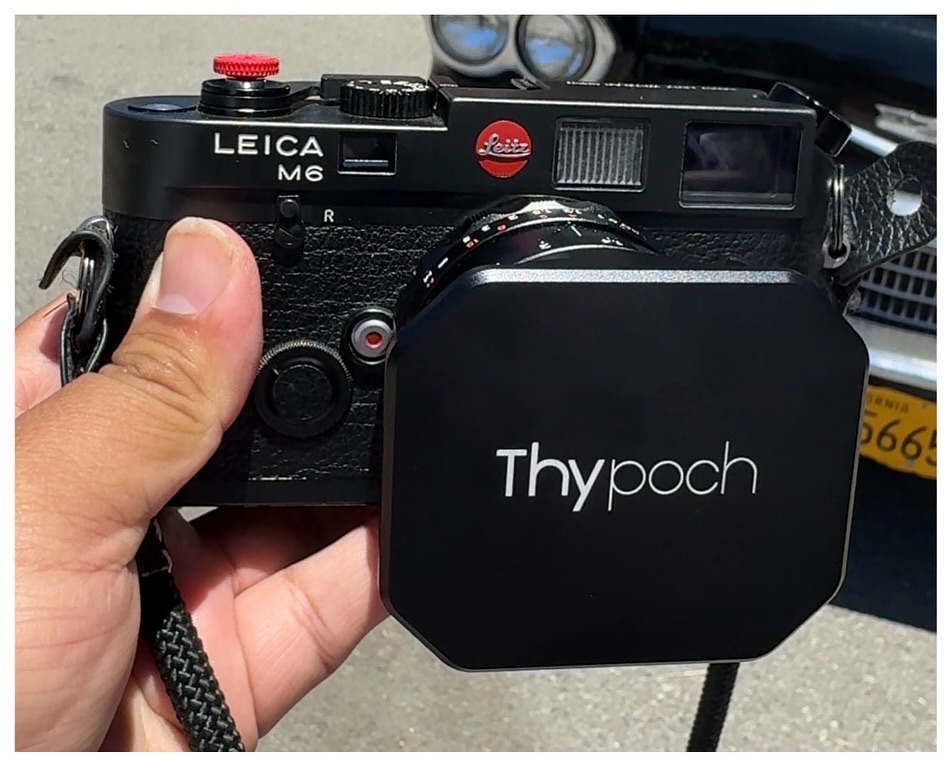
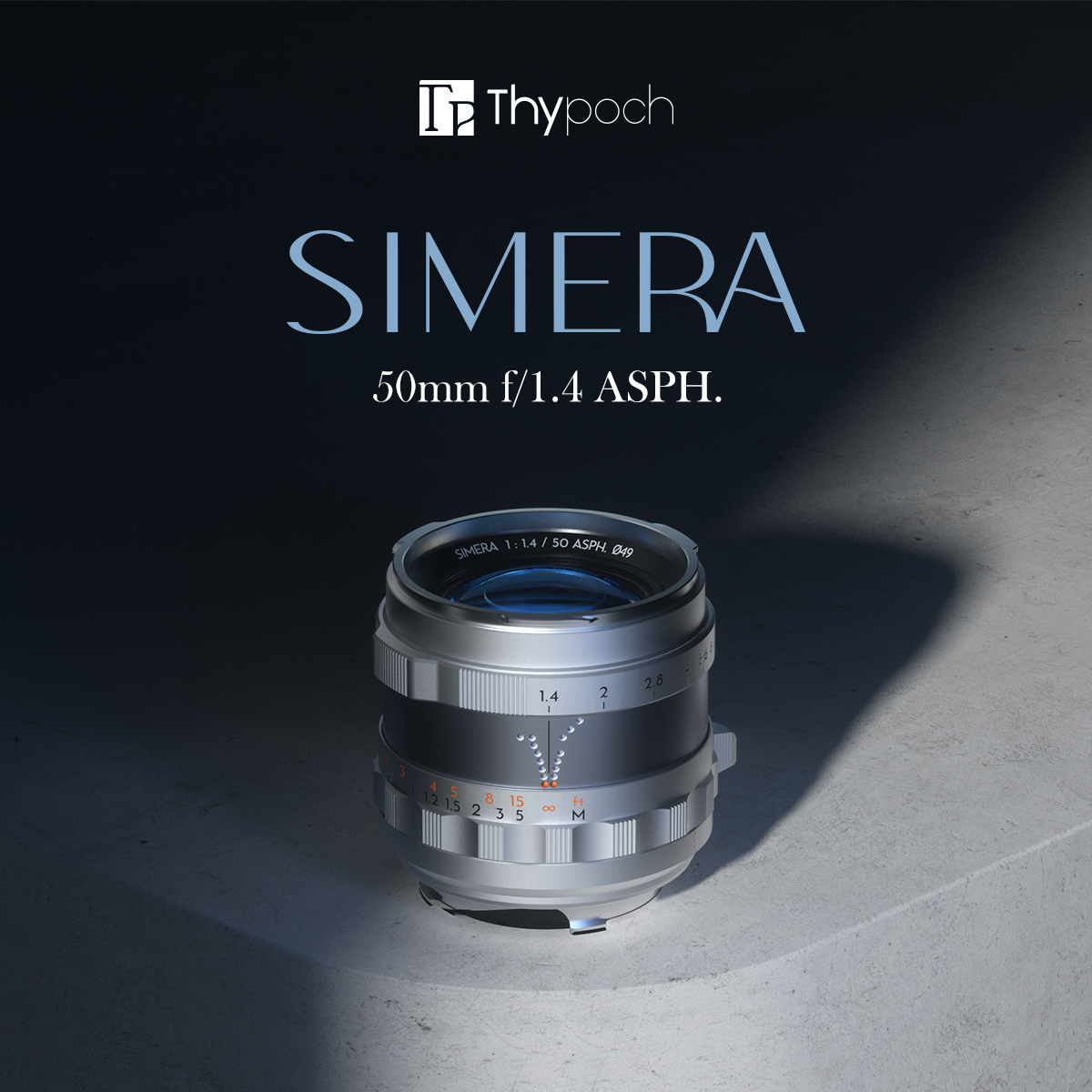


.jpeg)



.jpg)

.png)
.png)
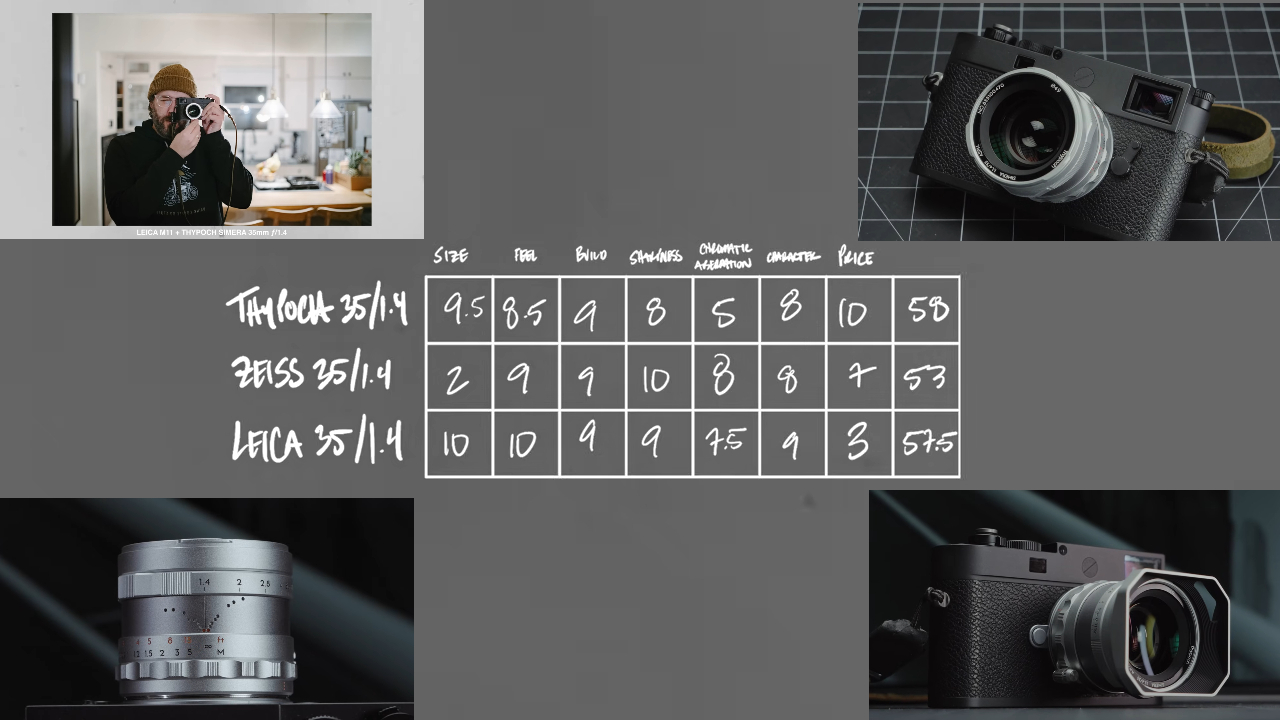

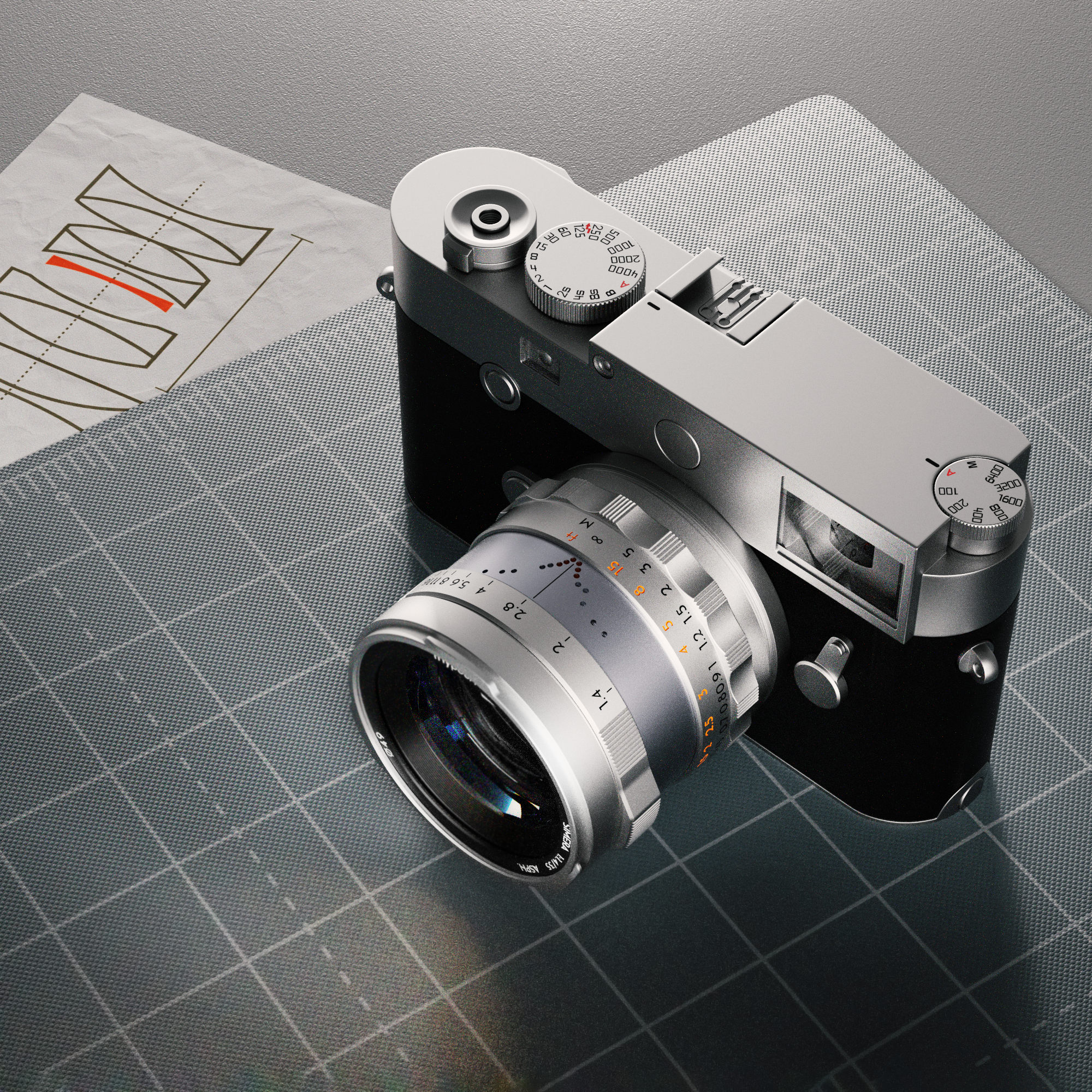


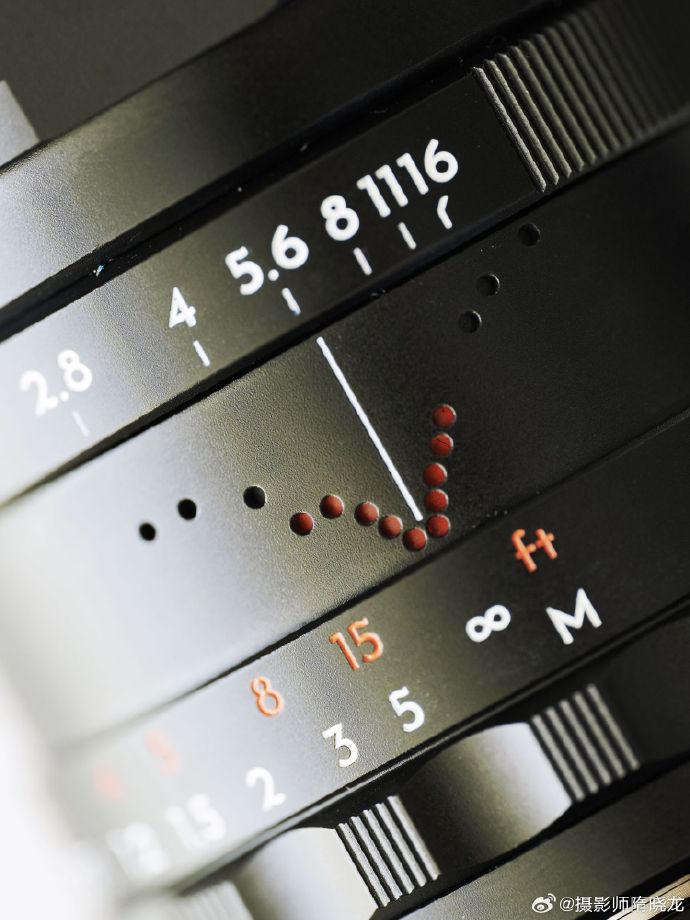
.png)
